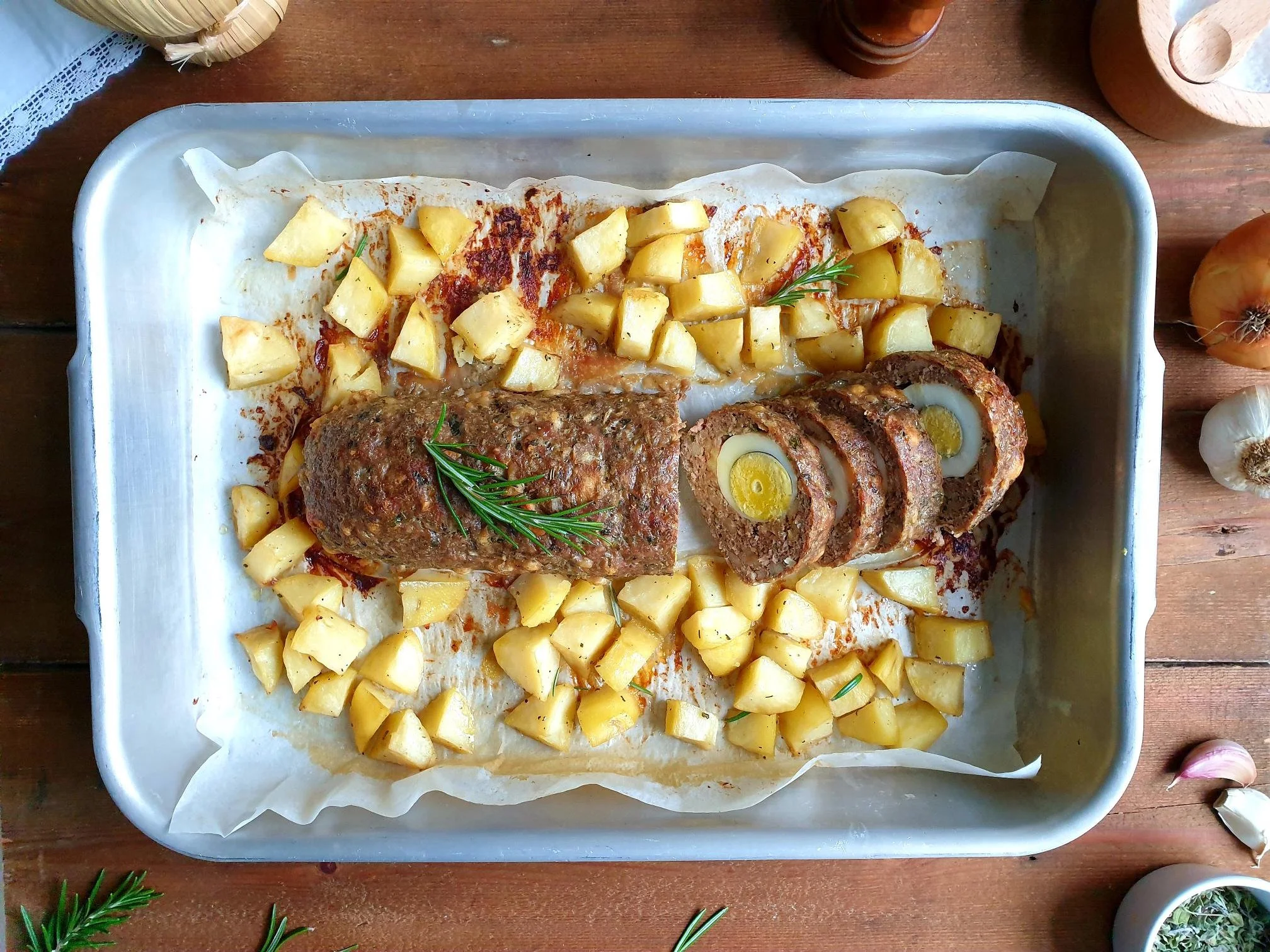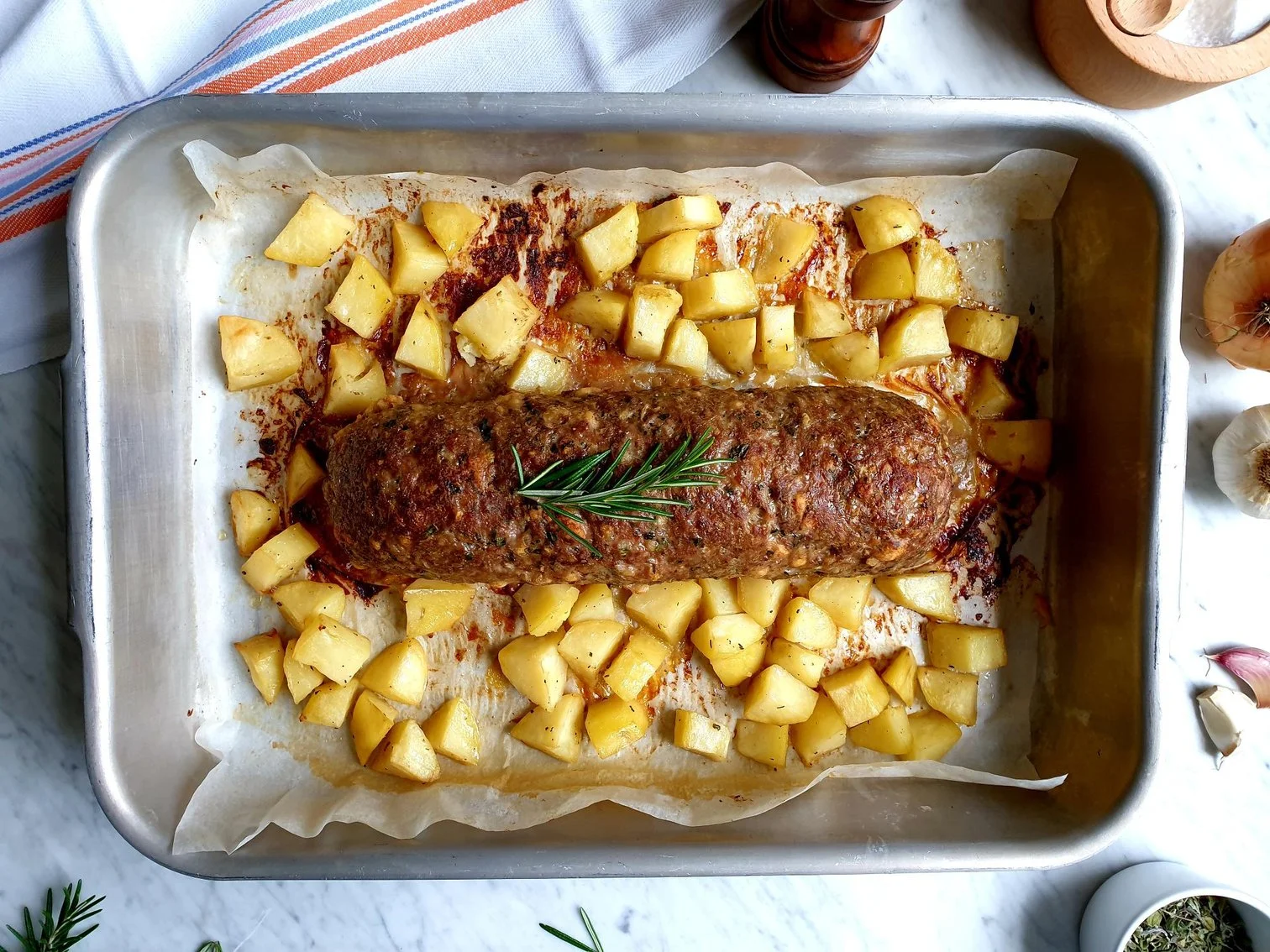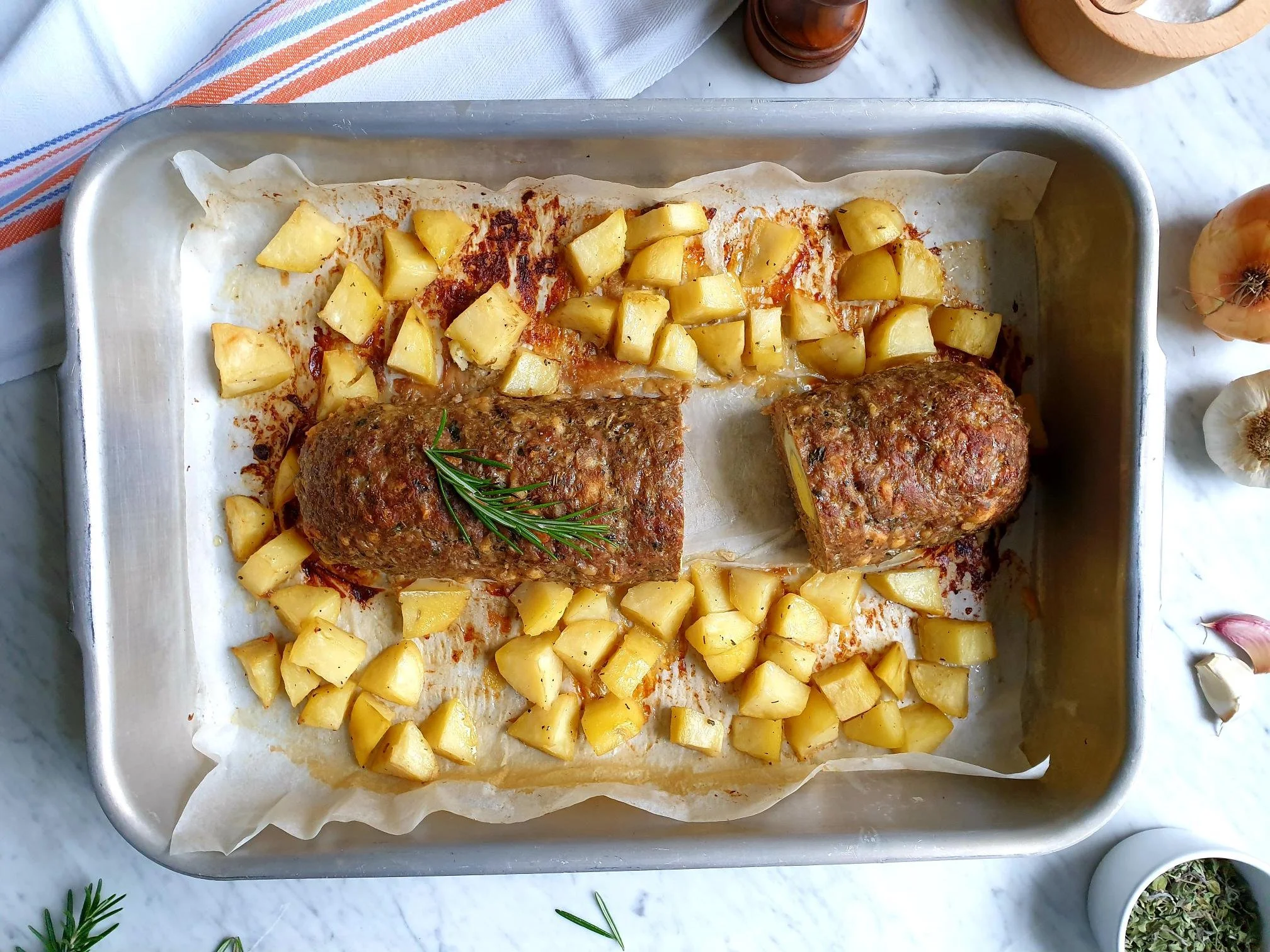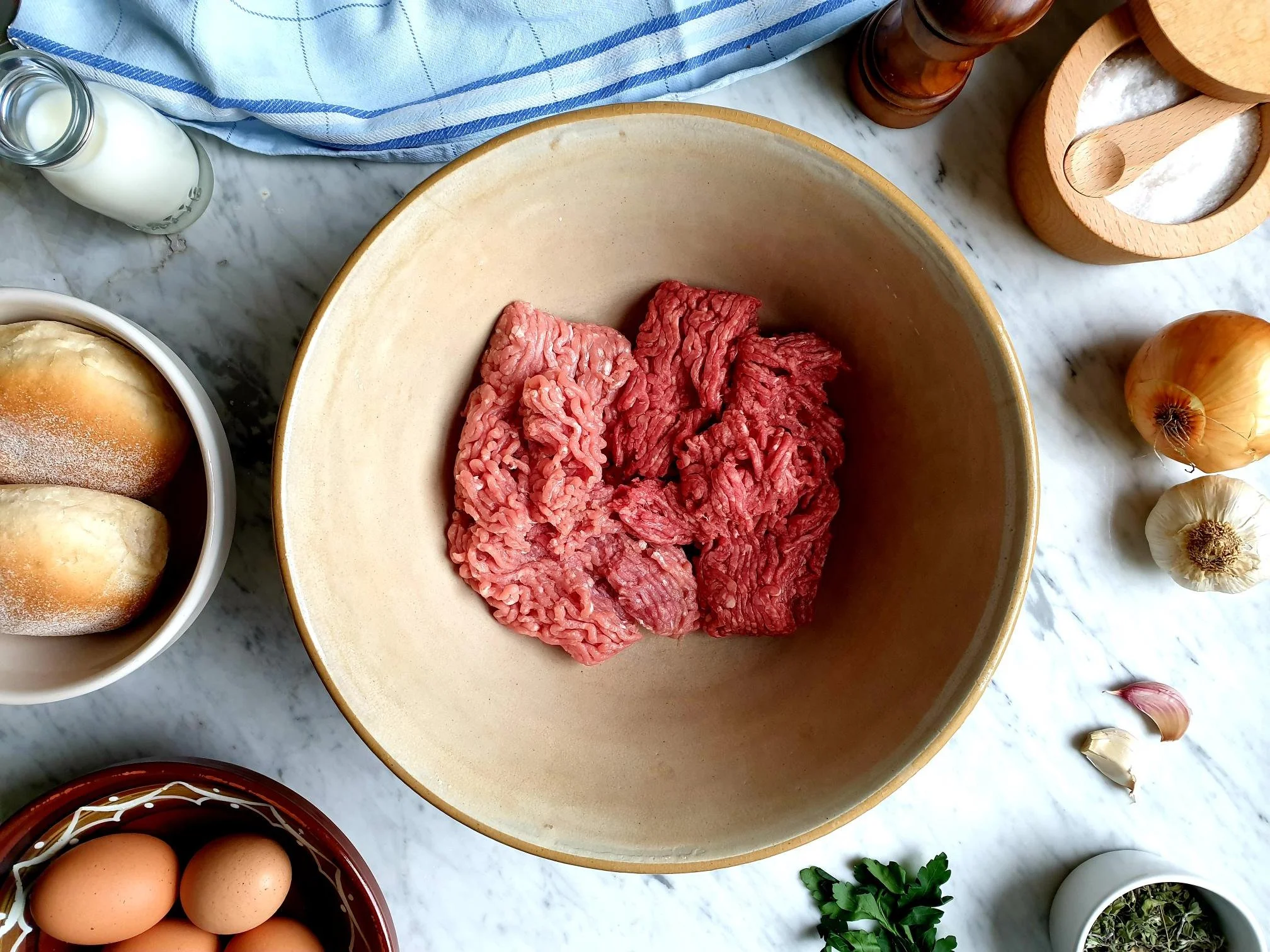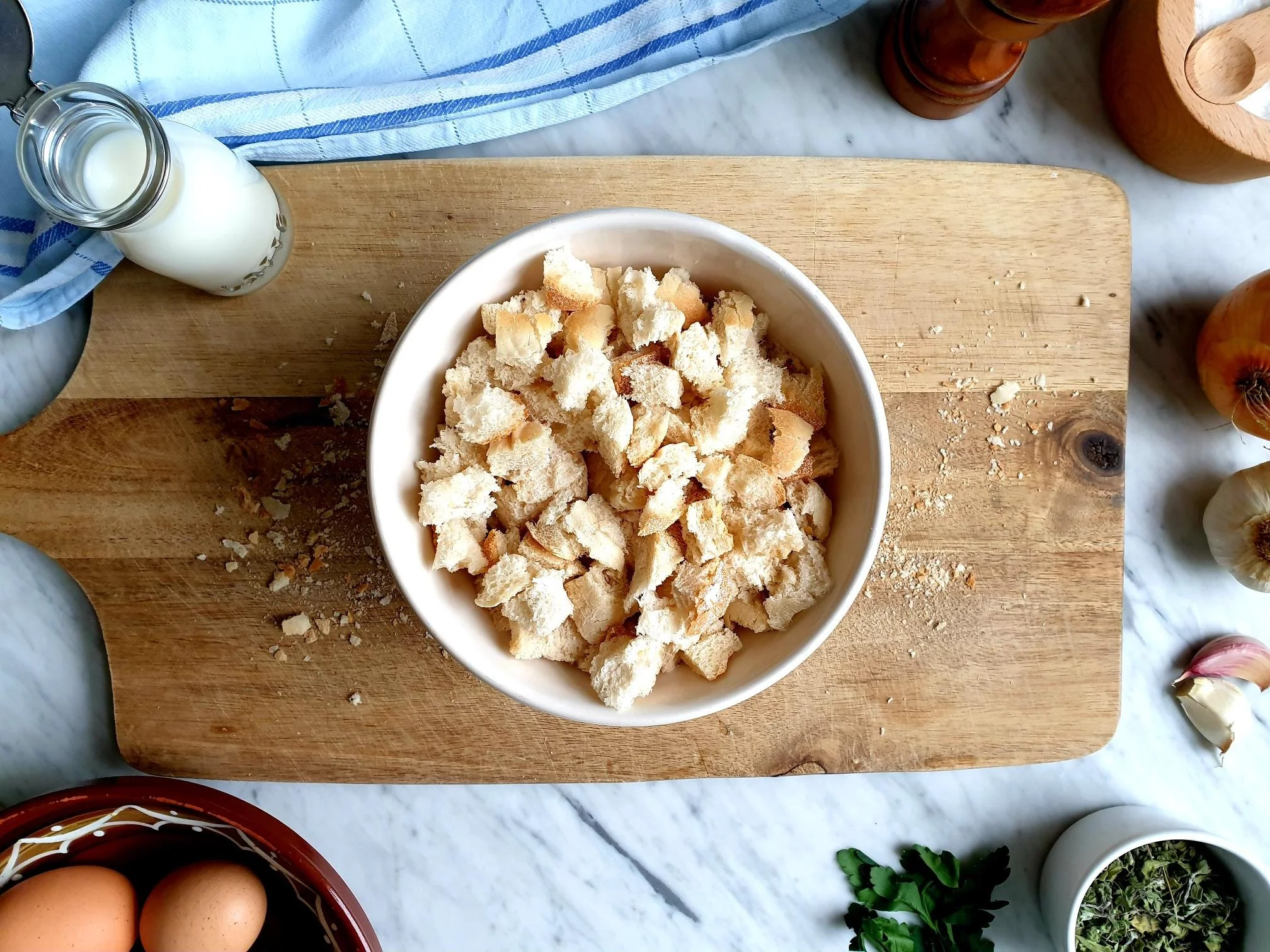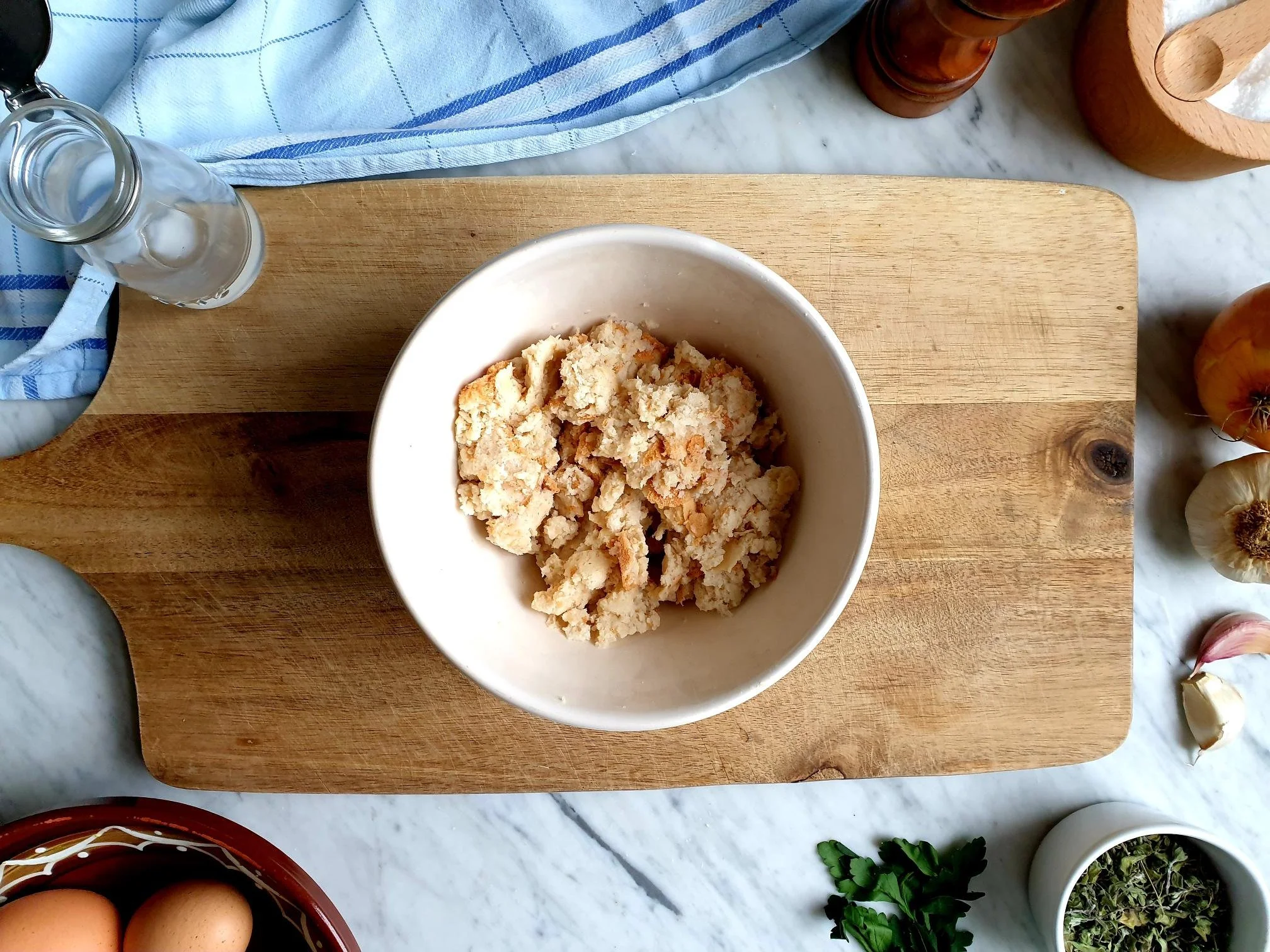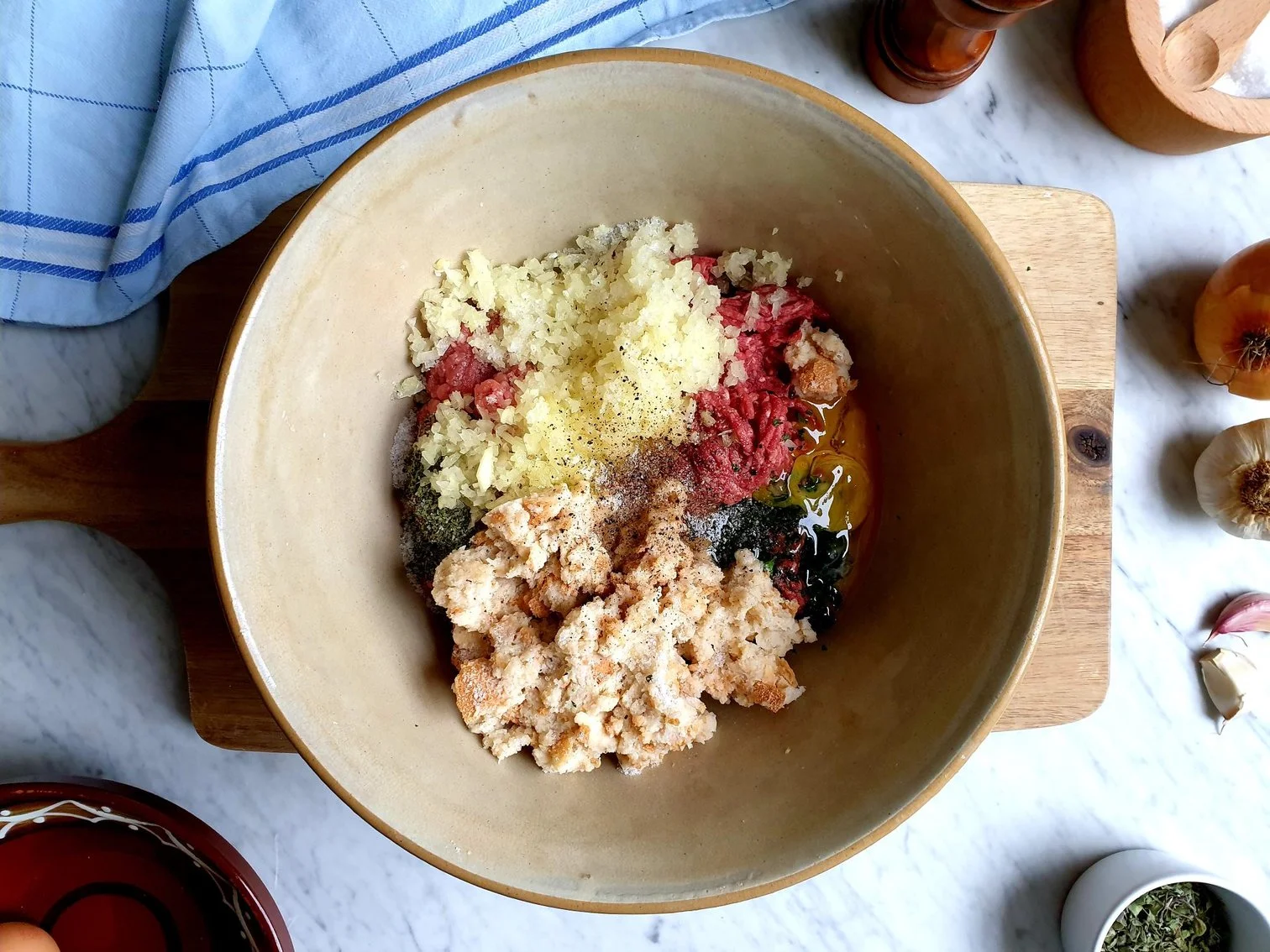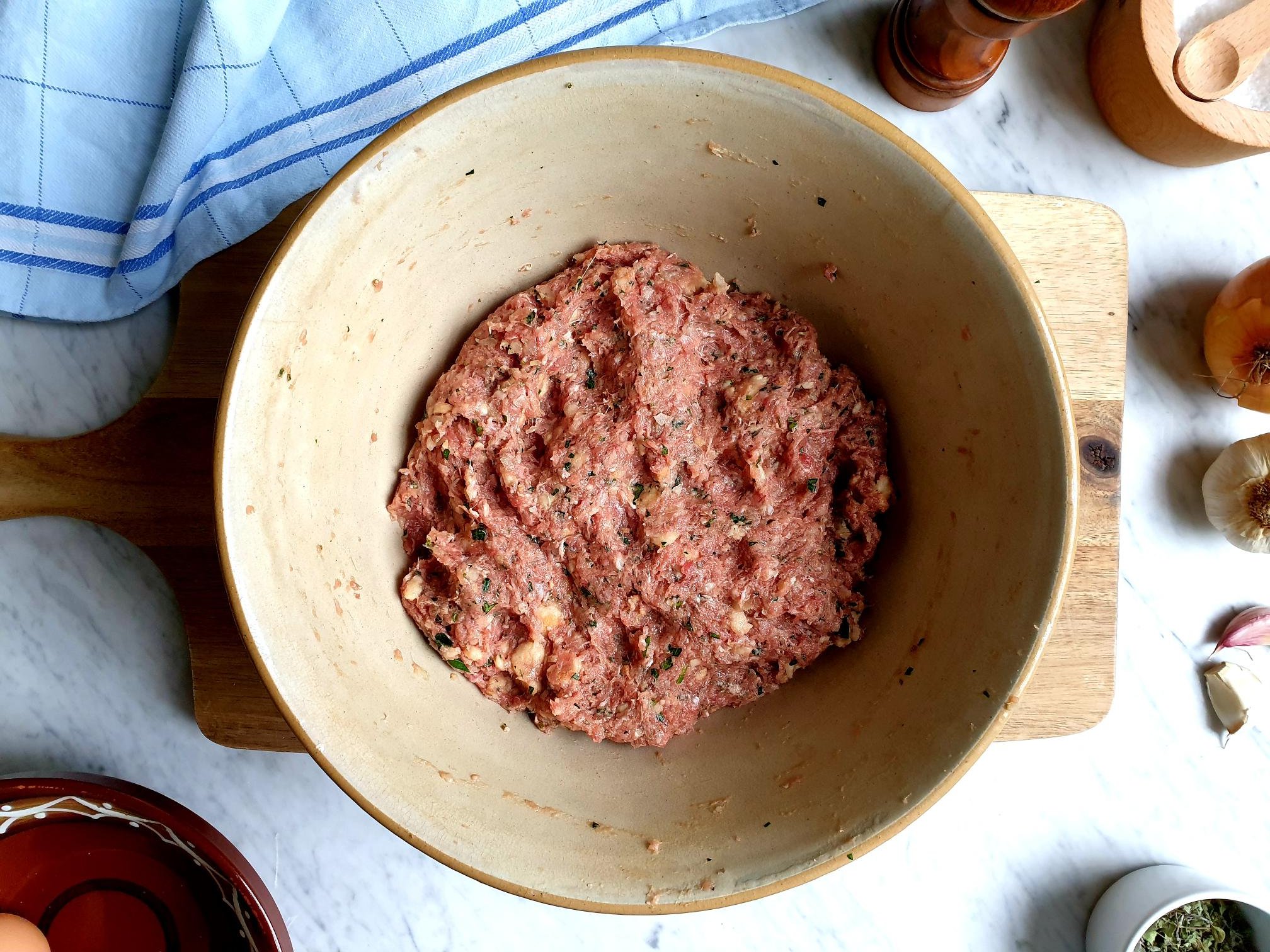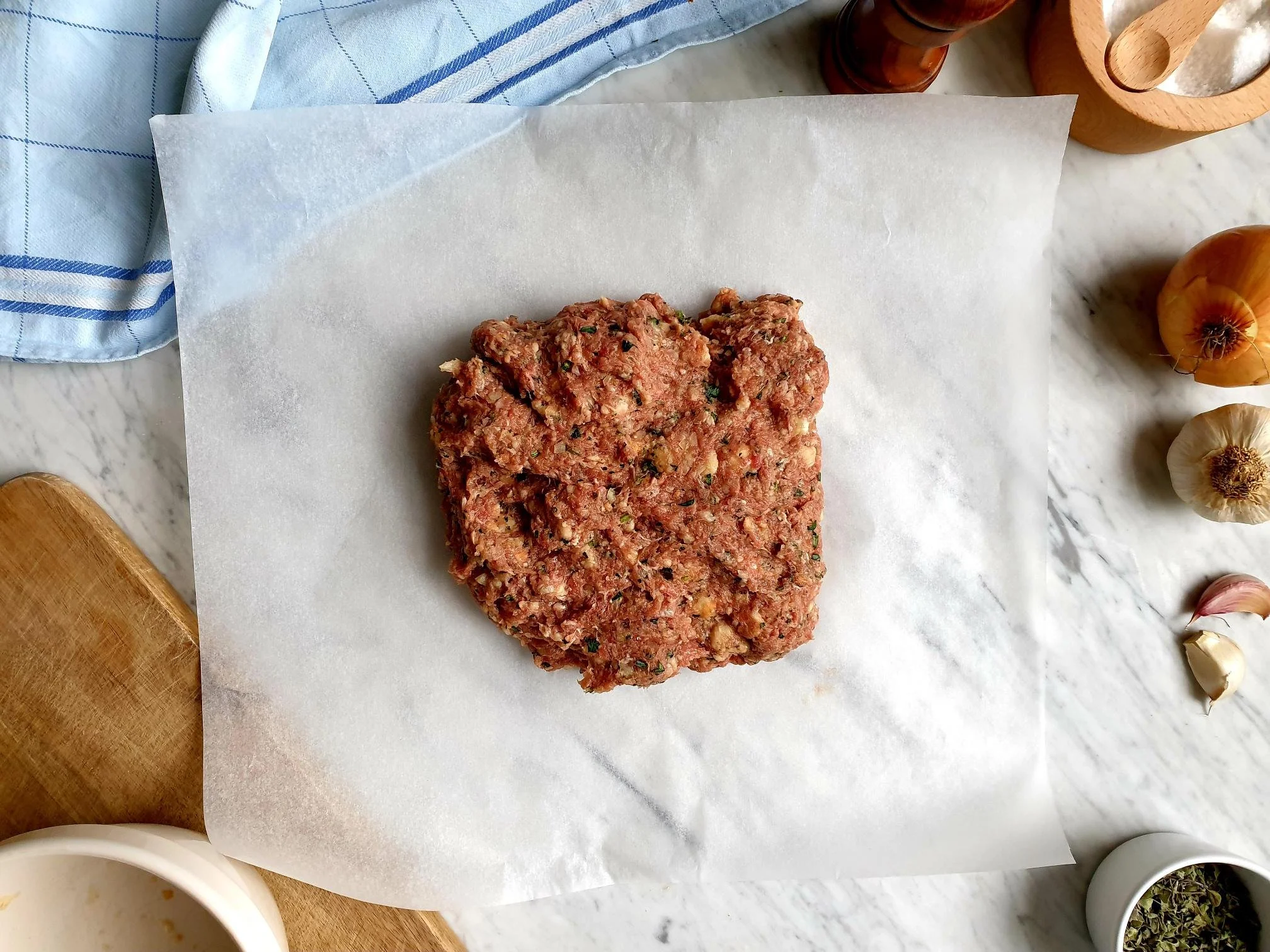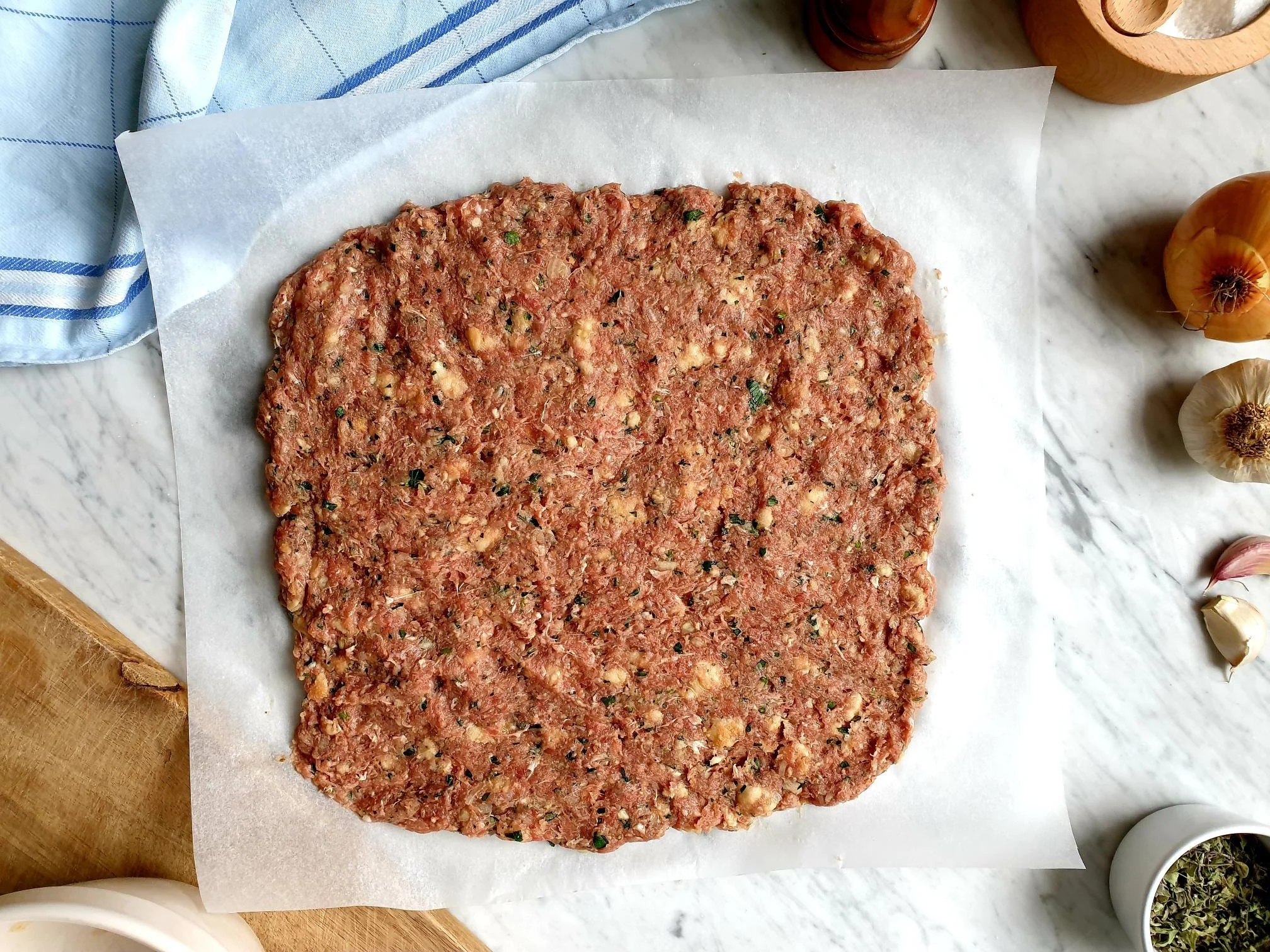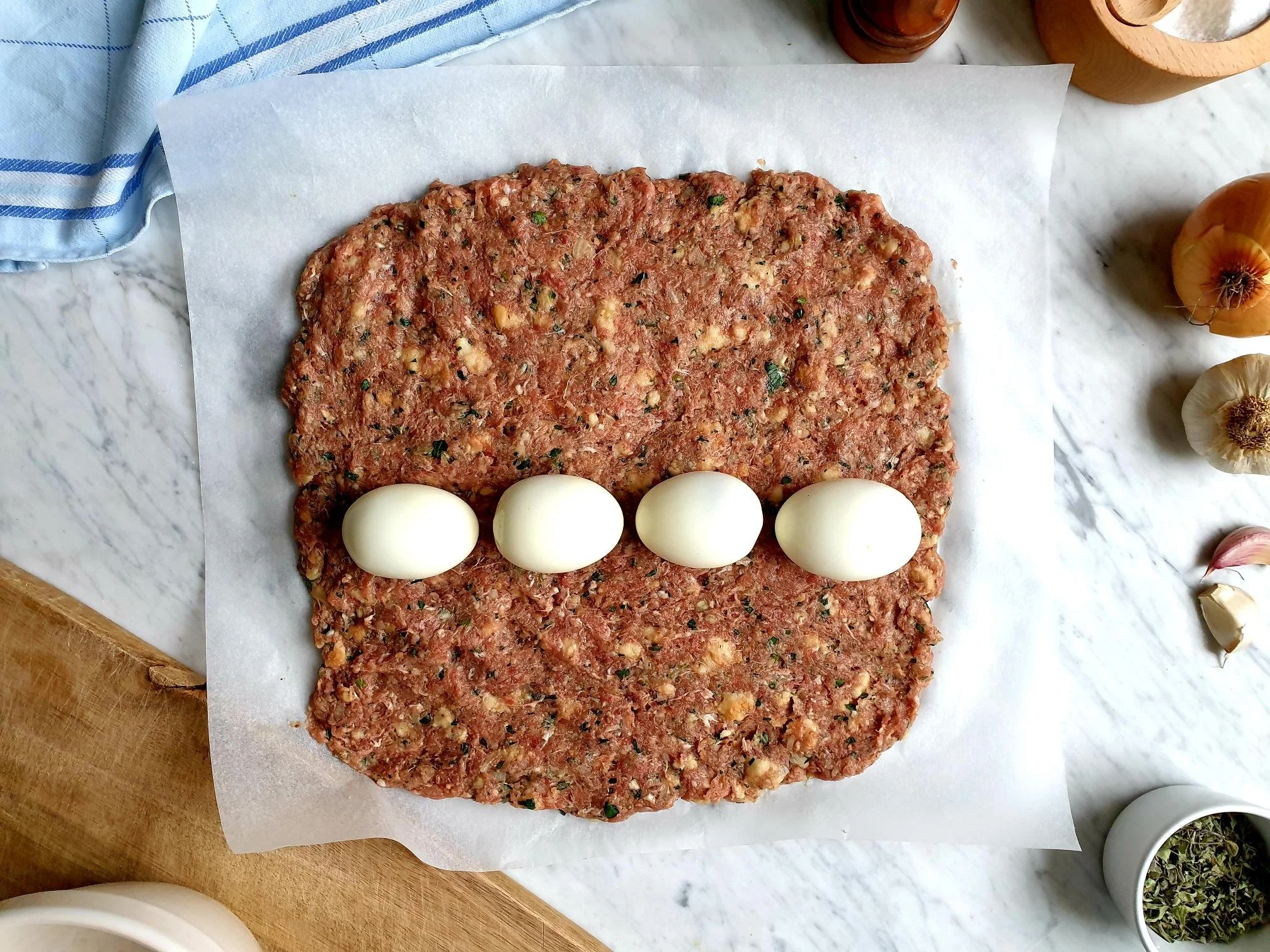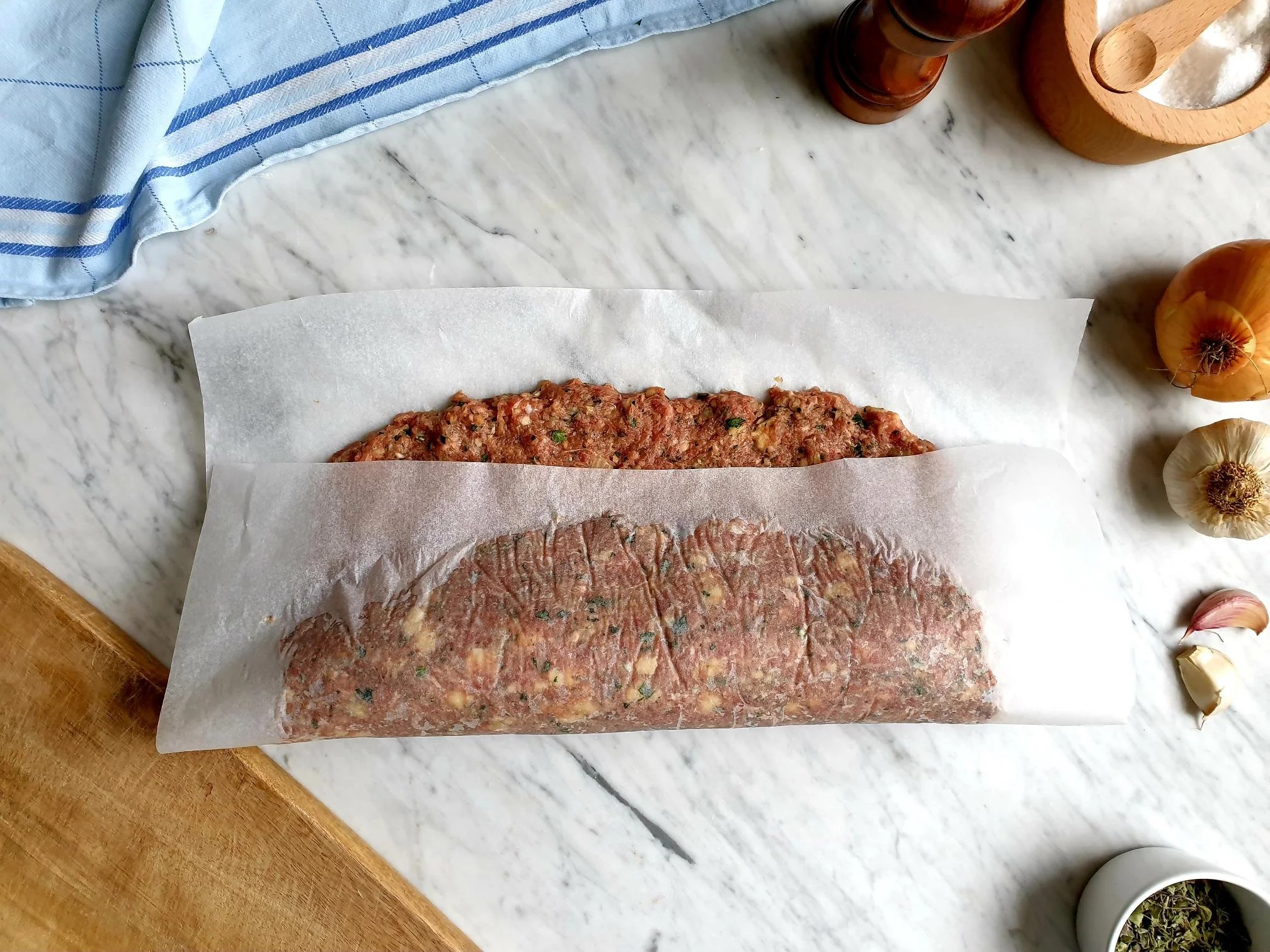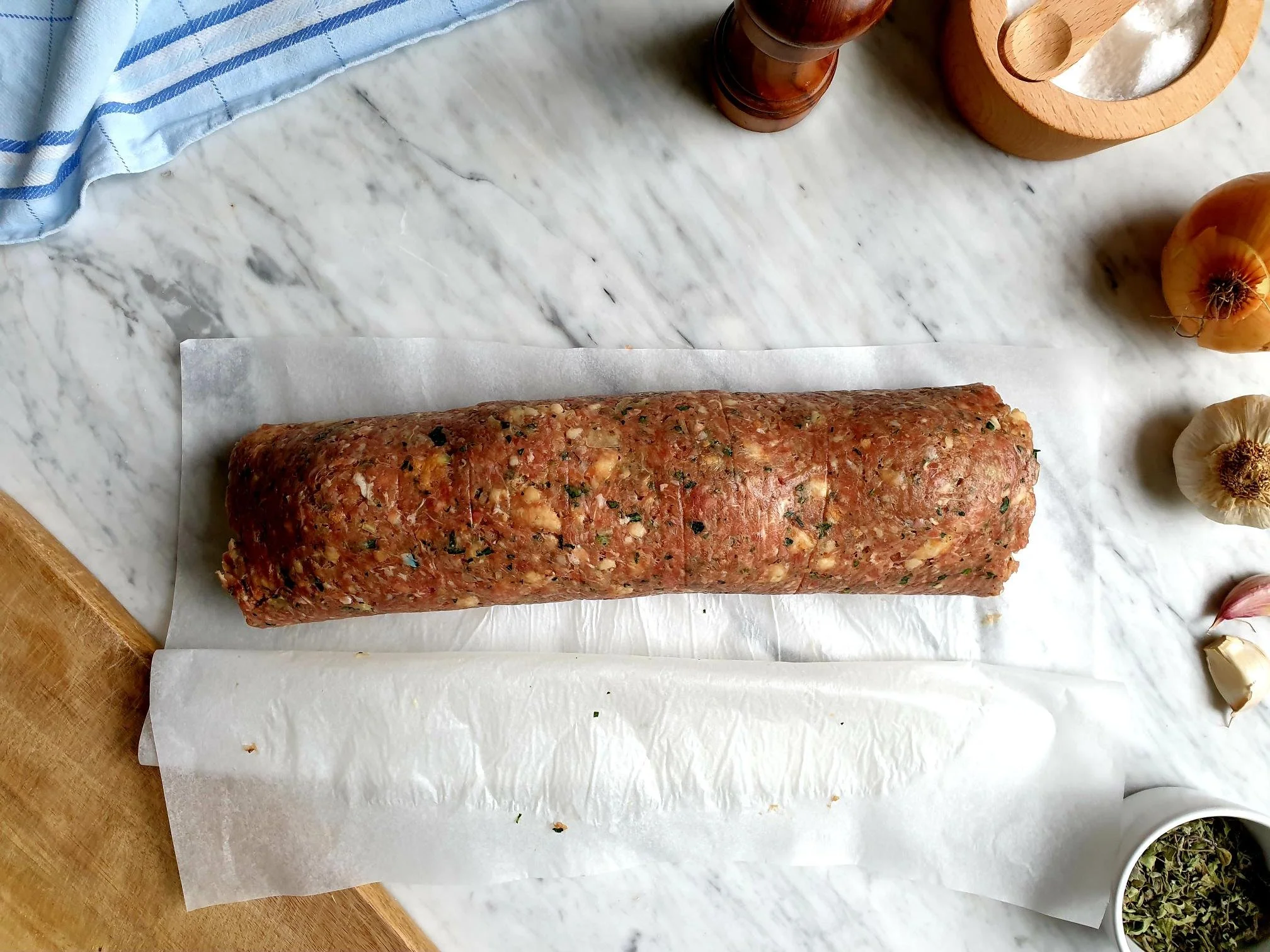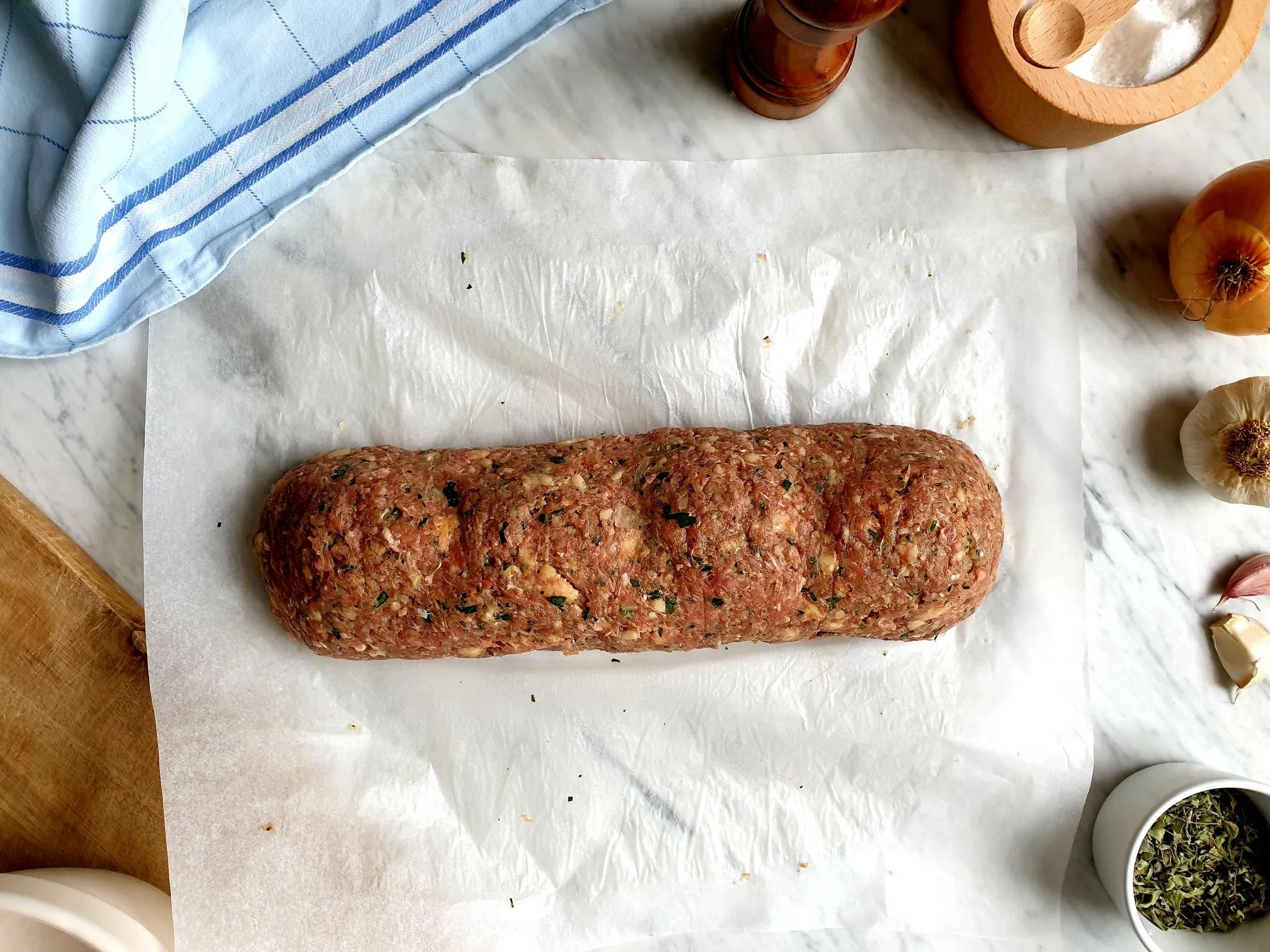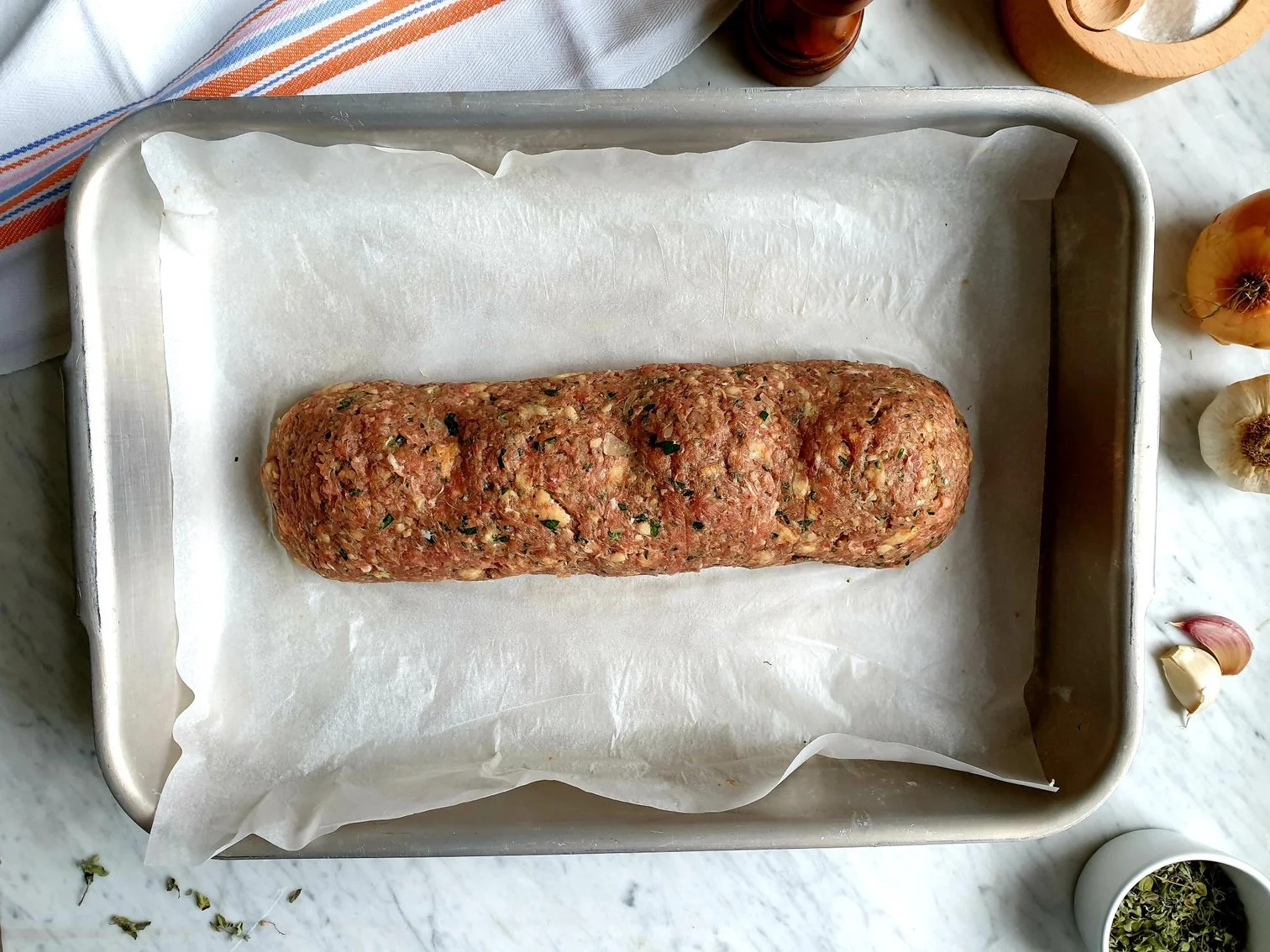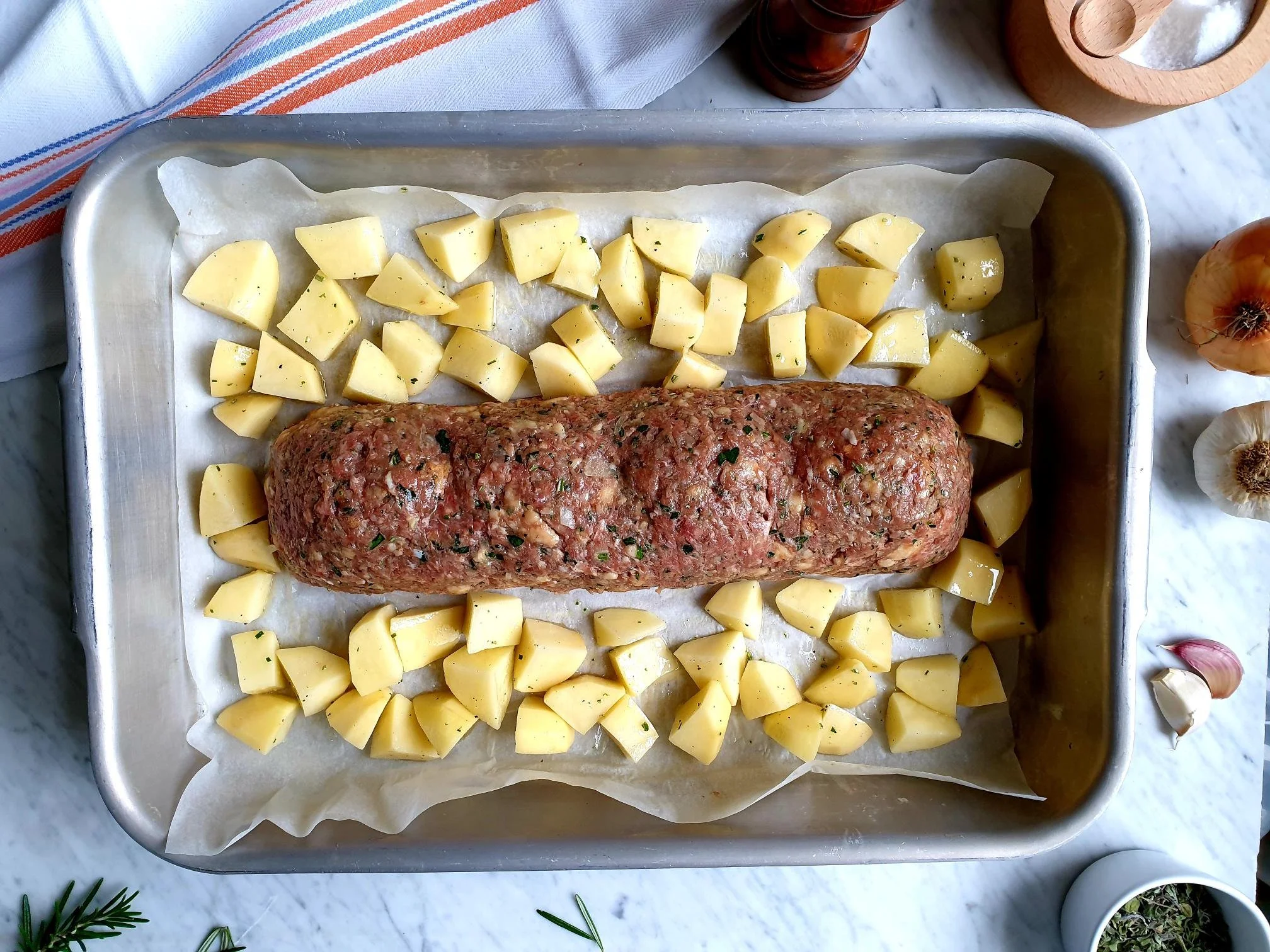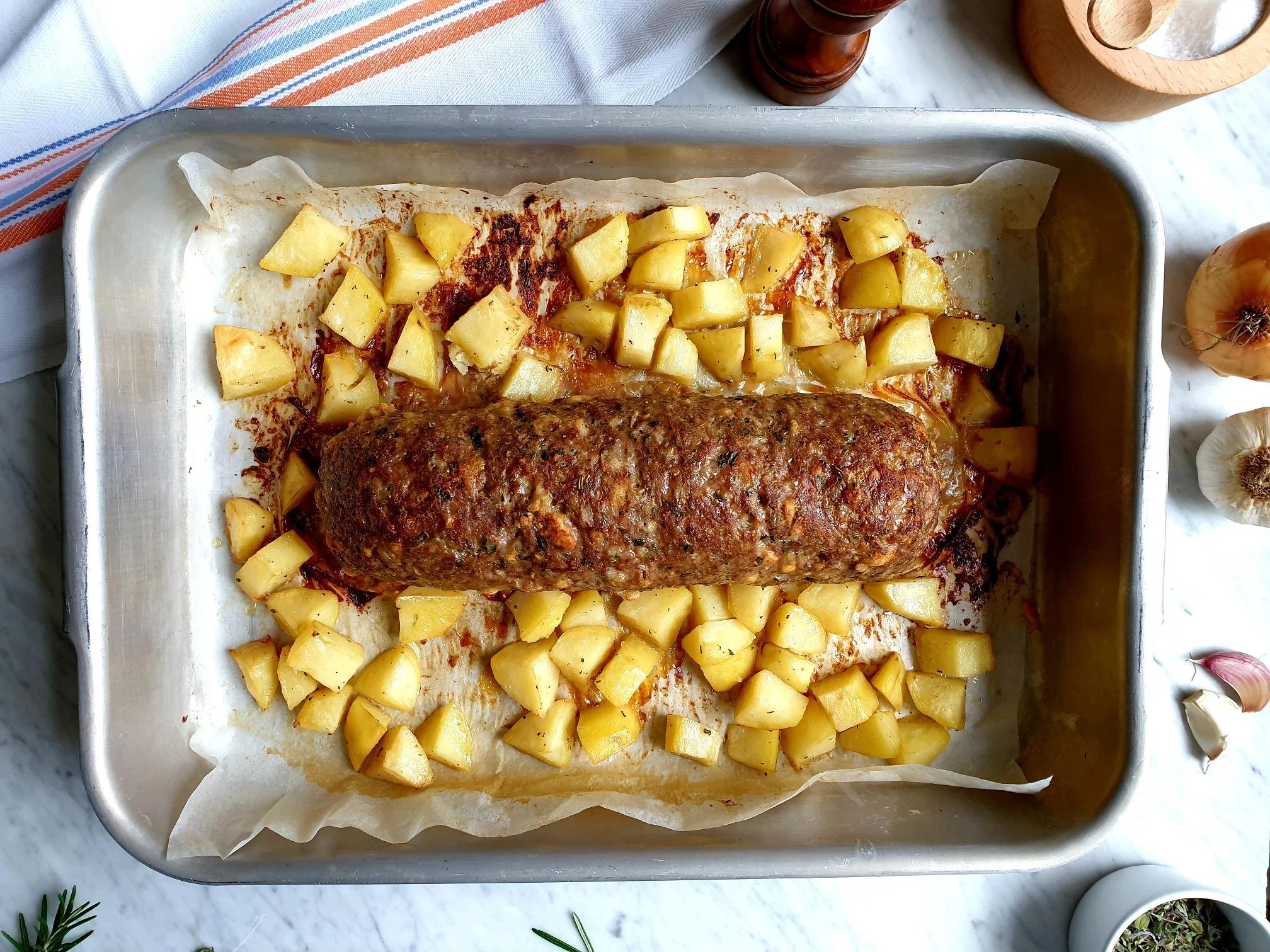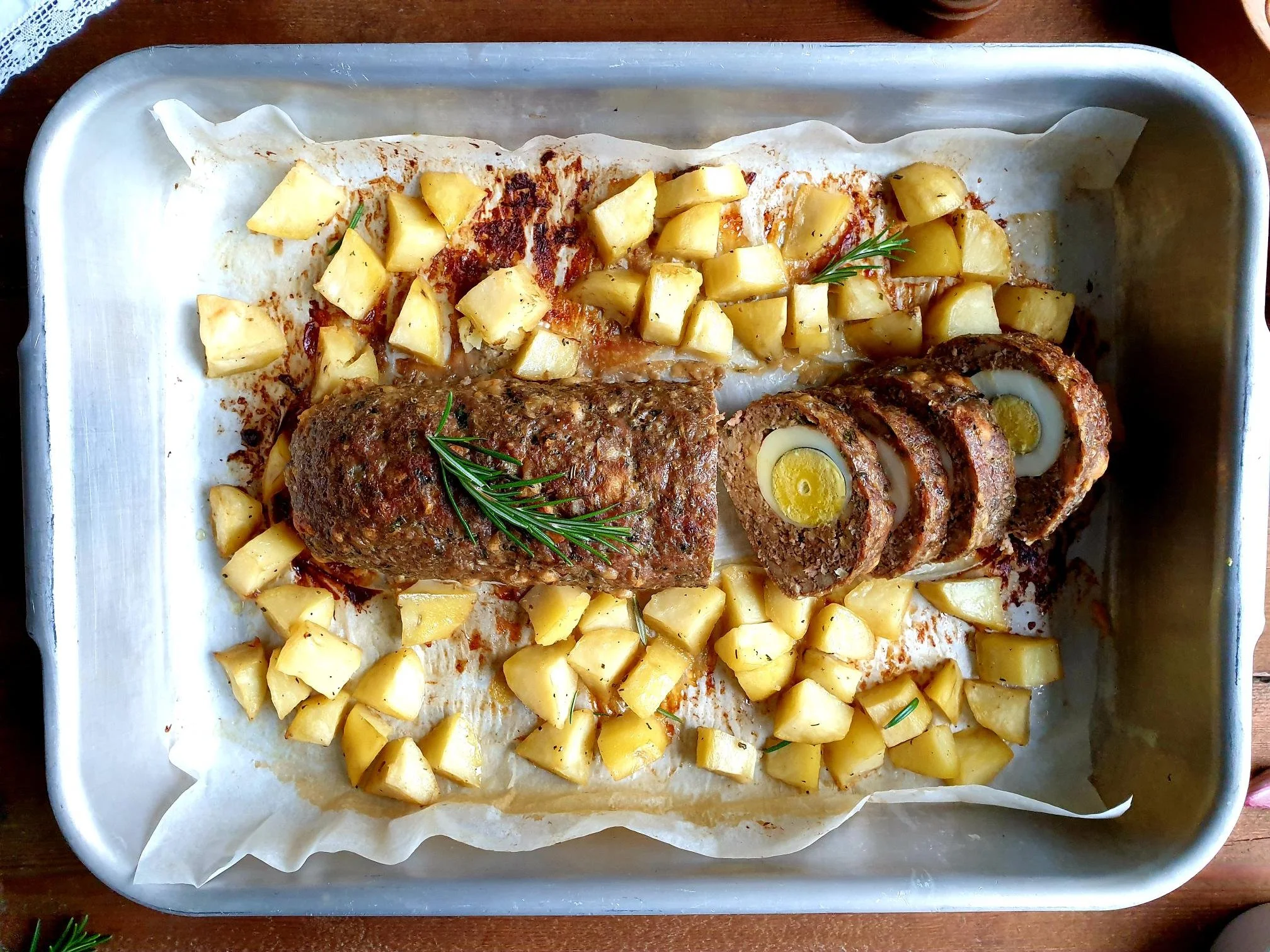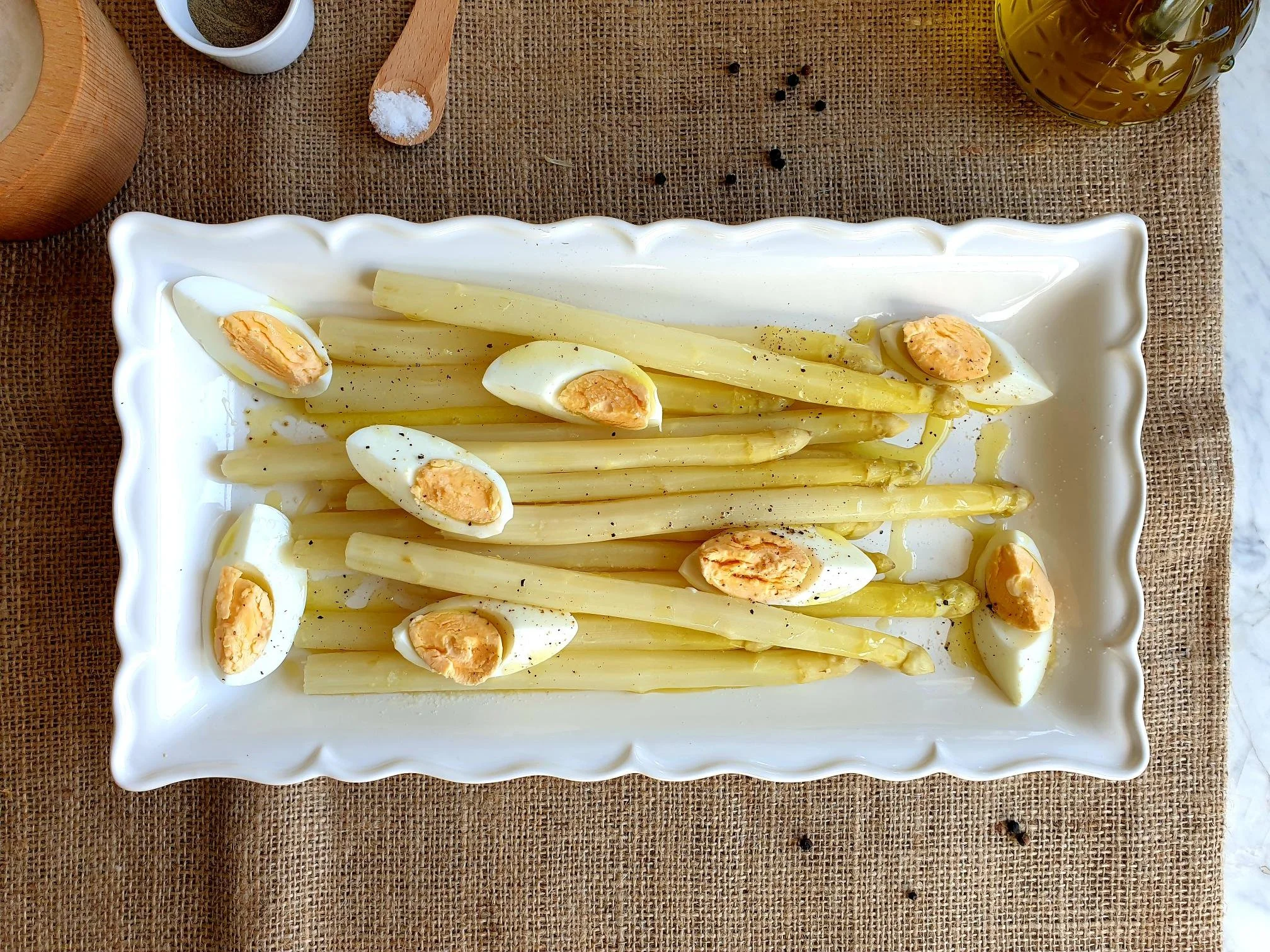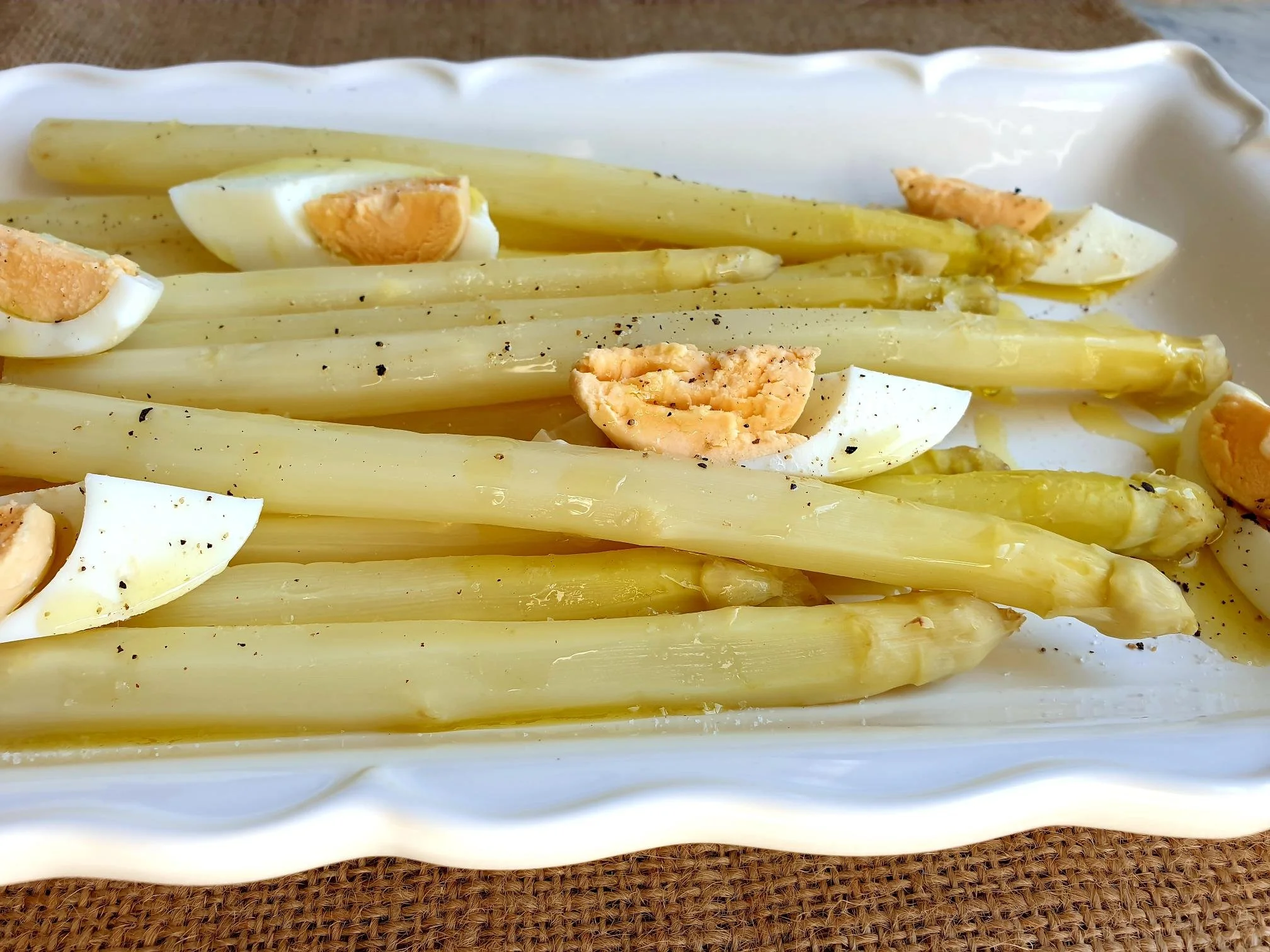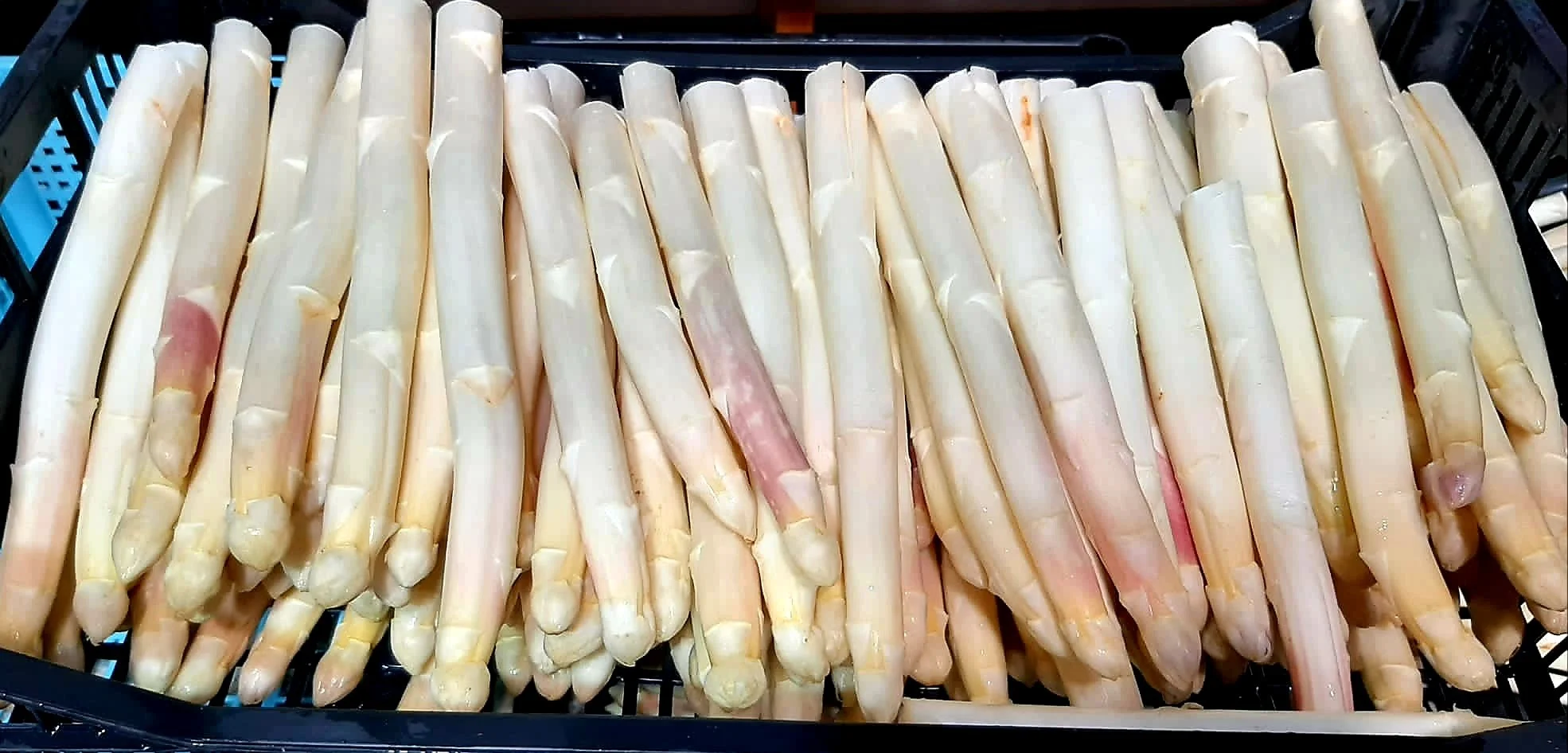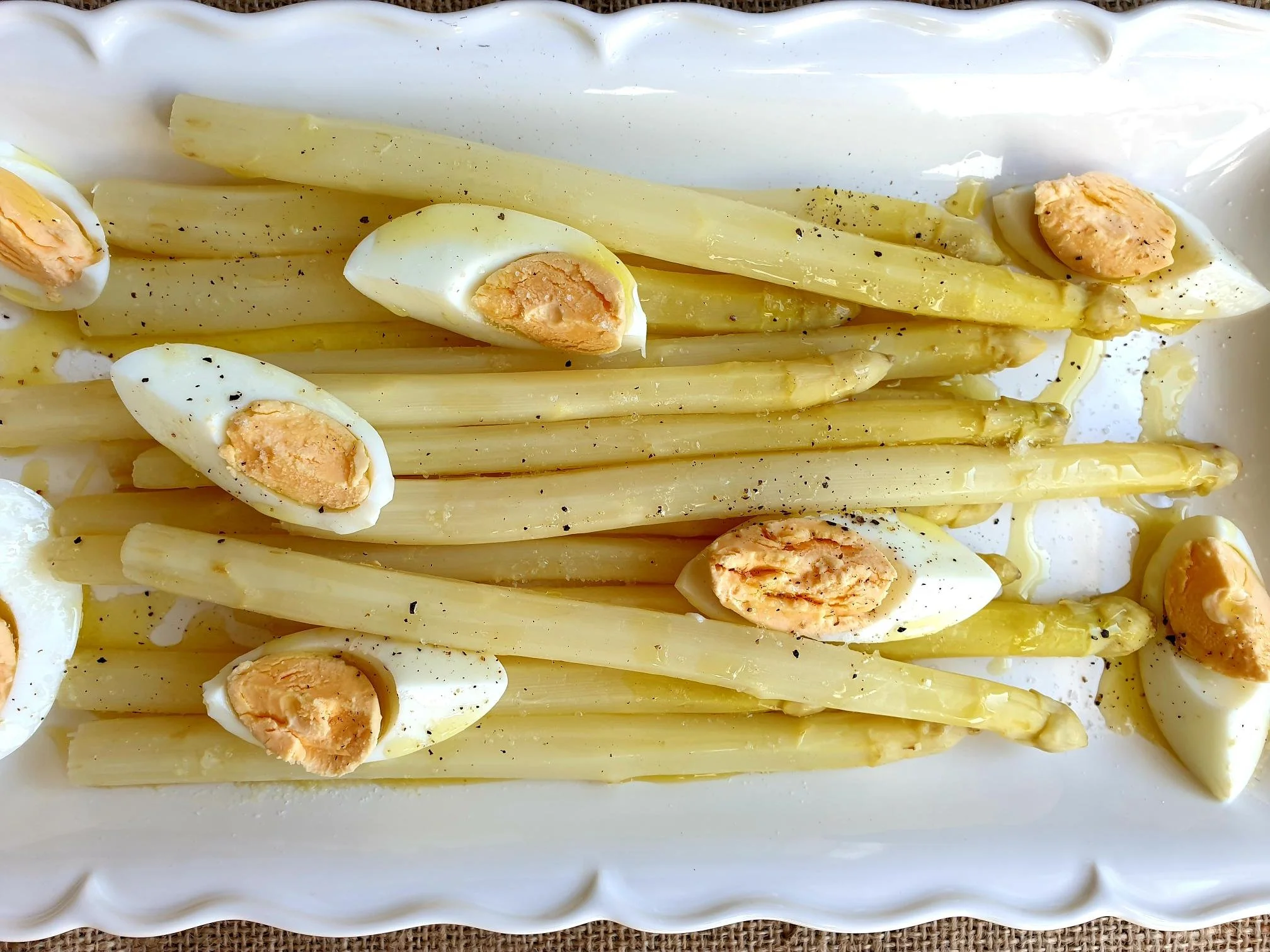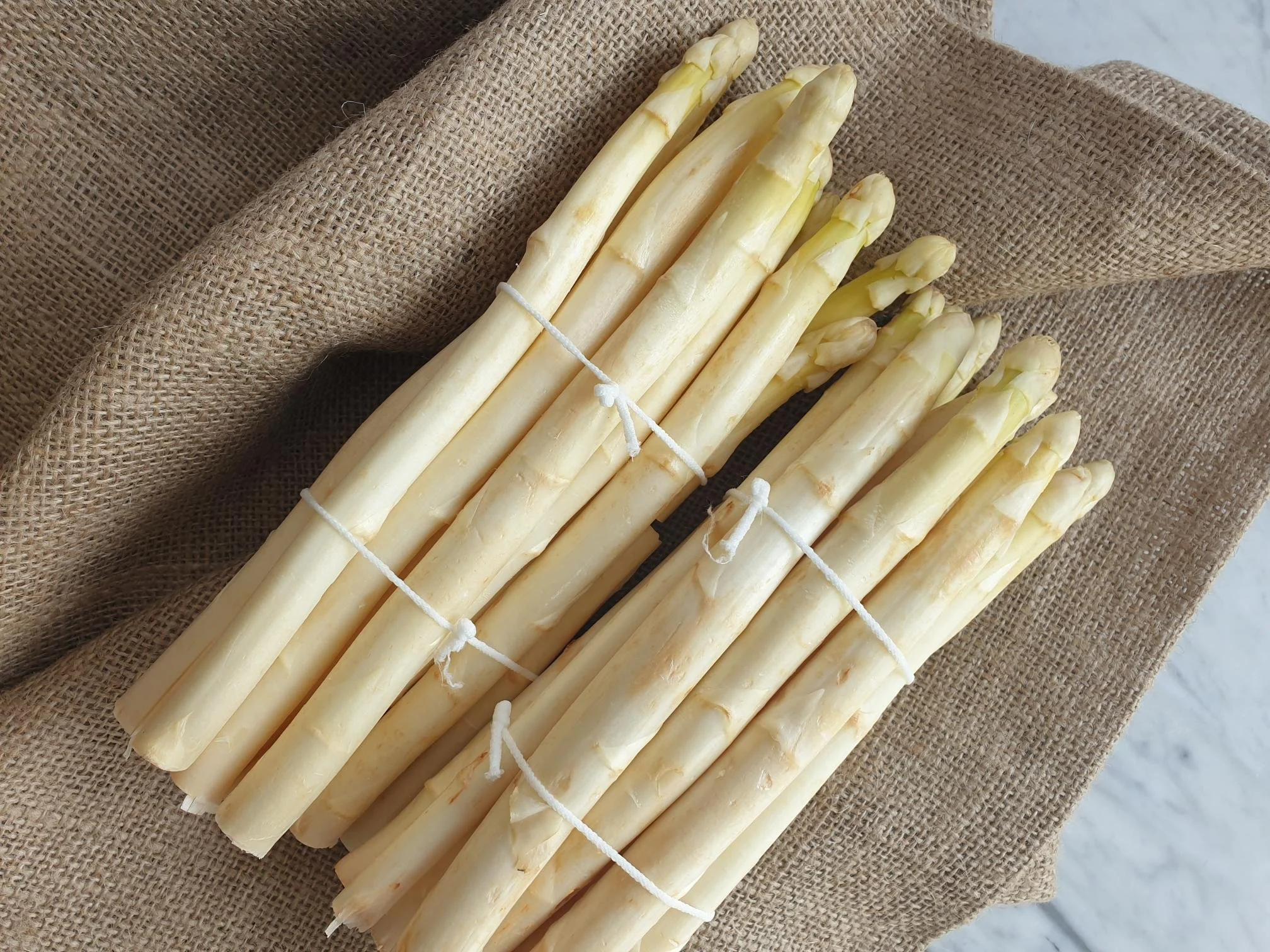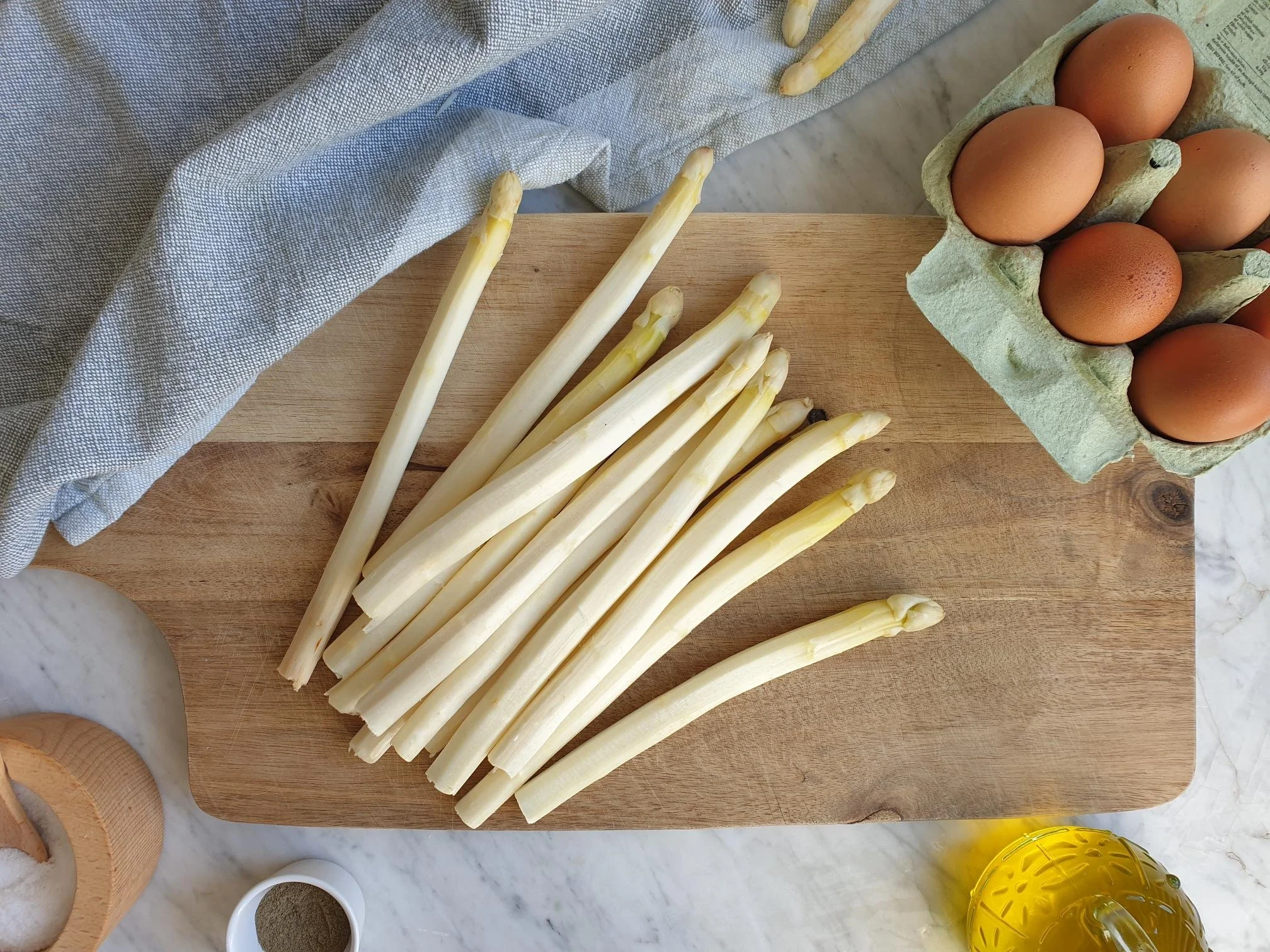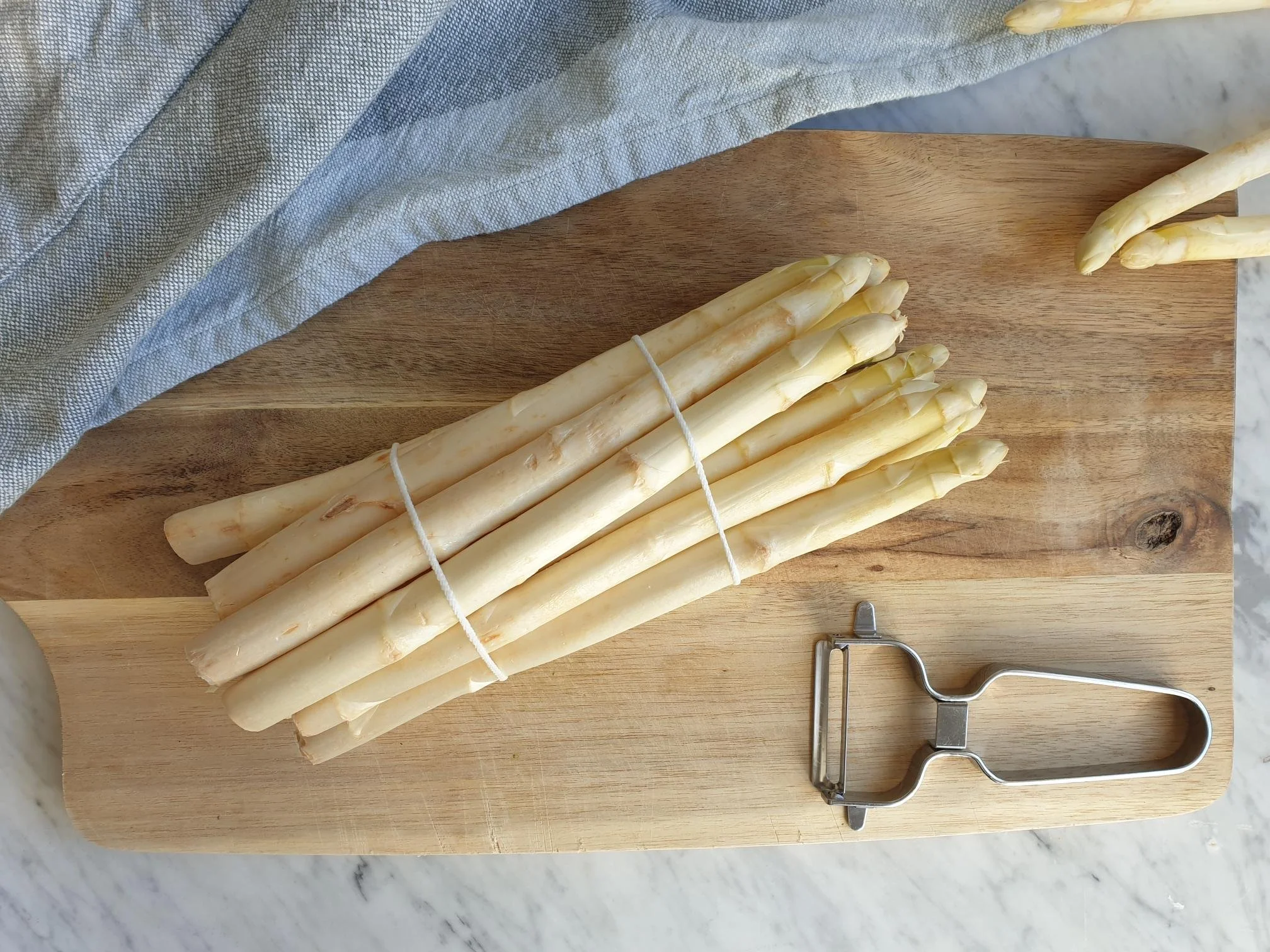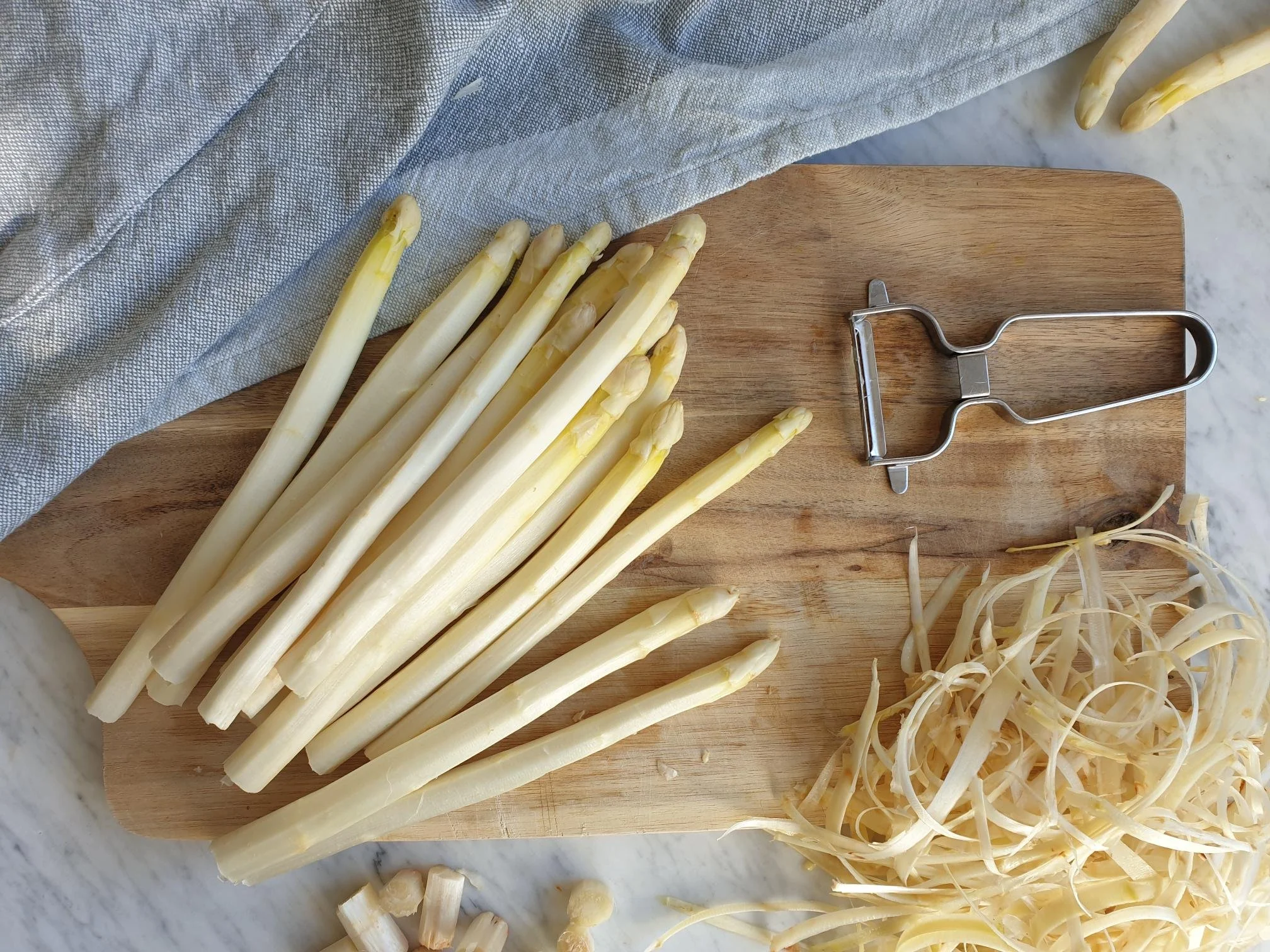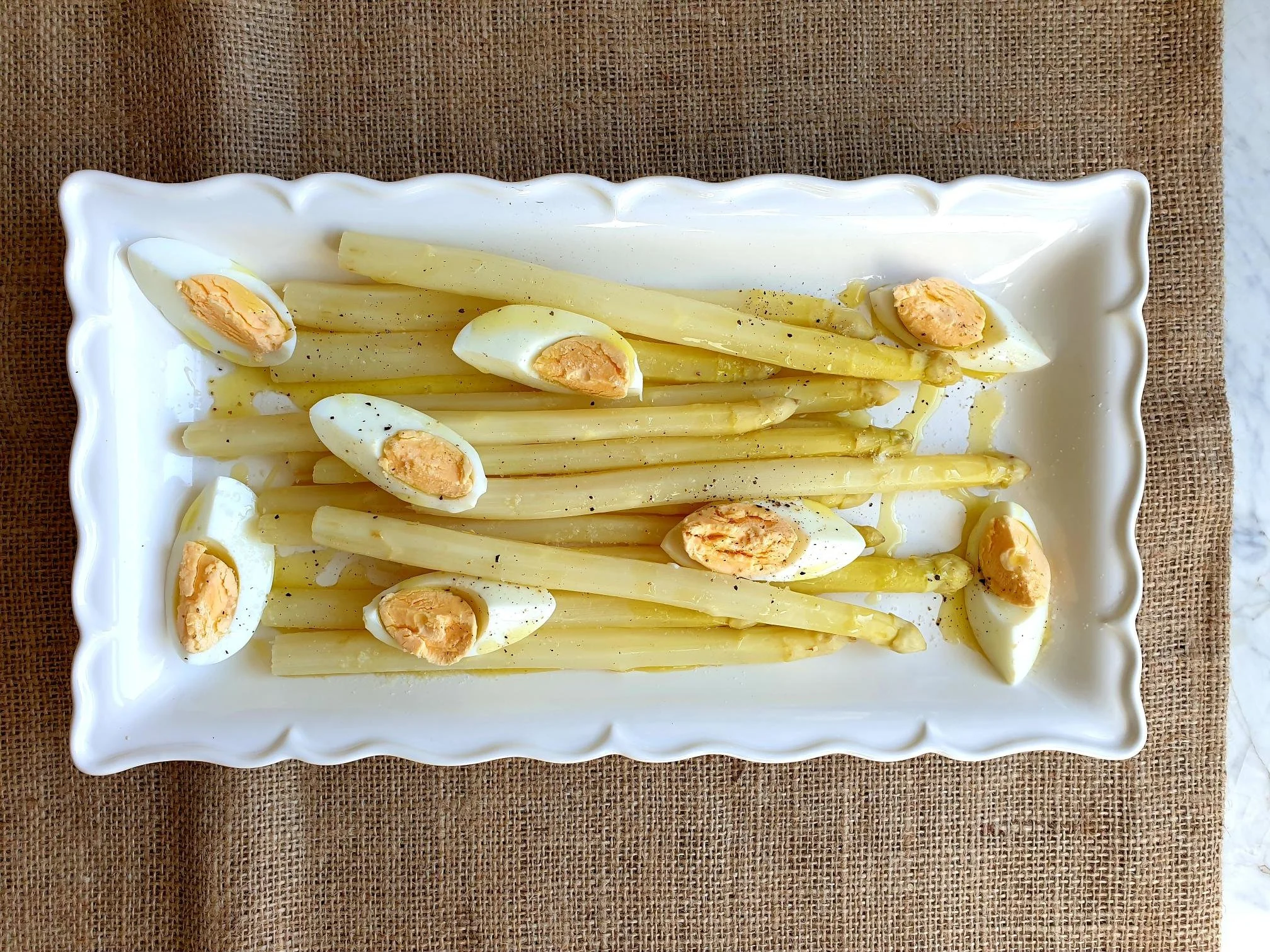Meatloaf with Hard Boiled Eggs and Oven Baked Potatoes Istrian Recipe
Meatloaf with hard boiled eggs is a real crowd pleaser. It is moist, tender, satisfying, and comforting, and when eaten hot, it will warm you up body and soul. It is equally delicious cold, and it makes a fantastic starter. Slices of leftover meatloaf are a great sandwich filler, and it is also brilliant to take on picnics, as it transports very well.
This dish is made with minced beef and pork combined with stale pieces of bread previously softened in milk, fresh parsley, marjoram, onions, garlic, salt and pepper, it is then shaped in a log and cooked. It has a rustic appearance from the outside but when you cut through it, it looks quite elegant and sophisticated, presenting itself quite cheffy, elaborate and complicated to make, but this meatloaf dish could not be easier to prepare.
Nowadays, this dish might be considered and perceived to be a regular family midweek meal, or a weekend dinner, but this was not always the case. In fact, my nona told me that in Slovenian Istra, meatloaf stuffed with hard boiled eggs was exclusively reserved for festivities and to celebrate special occasions. To make it extra special finely chopped pancetta would be added to the meat mix and it could also be baked wrapped inside bread dough, almost resembling Beef Wellington. Another way of cooking the meatloaf is wrapping it in a cloth and boiling it in plenty of simmering water.
This dish is called Polpeton by the locals, a dialect word clearly influenced by the neighbouring Italian Polpettone, which has numerous regional variations from North to South of Italy.
Regardless of what it is called, Polpettone in Italian, or Polpeton in Istrian , they both showcase a very humble but creative way of using stale bread or breadcrumbs, the latter one, once again, being home made from old bread.
The Istrian meatloaf distinguishes itself from the others by adding fresh or dry marjoram, a herb very commonly grown along the Slovenian coast, and characterizes quite specifically many savoury dishes in Istrian cooking, offering distinctive flavour.
I am sharing here my nona's recipe for this delicious meat loaf which is traditionally served and enjoyed with sone oven roasted potatoes, a selection of vegetables and a side salad.
This is easier to make than it looks, give it a go, it will become one of your favourite recipes for meatloaves, and you will be asked to share the recipe by your family and friends.
Recipe
Ingredients
Serves 4-6
250g minced beef
250g minced pork
2 soft white baps or some stale bread (roughly 120g)
150ml milk
1 Tbsp marjoram (fresh or dry), finely chopped
a handful of fresh flat leaf parsley (about 12g), finely chopped
1 onion (about 100g), peeled and finely chopped
1 clove of garlic, peeled and pressed
1 egg, slightly beaten
4 eggs, hard boiled and peeled
sea salt
black pepper
Oven baked potatoes (optional)
500g potatoes, peeled and cut into cubes
extra virgin olive oil, generous drizzle
sea salt, to taste
black pepper, to taste
Method
Preheat the oven to 180C or equivalent.
Cut or tear with your hands white baps (or any other type of stale bread you are using) into small pieces and put them into a bowl. Pour over the milk, mix well and leave to soak for a few minutes until the bread is completely softened (if necessary squeeze out gently with your hands excessive milk).
While the bread is soaking in milk, prepare the meat mixture.
Put both minced beef and minced pork in a fairly large bowl. Add finely chopped onions, crashed garlic, finely chopped fresh parsley and marjoram, lightly beaten egg, generous pinch of sea salt, black pepper and softened pieces of bread.
With your hand mix very well all the ingredients, almost using a squeezing action, to thoroughly combine the mixture (if you end up with bigger bread pieces just break them with your fingers).
Transfer the meat mixture onto a large sheet of baking parchment (roughly the size of your baking tray) and flatten it with your hands into an approximate 30x25cm (12 x 10 inch) rectangle.
Place 4 whole hard boiled eggs in a row, along the centre and form the meatloaf around the eggs using the baking parchment.
Press it gently to seal any seams, and tuck well the edges.
Transfer the meat loaf, seam side down (together with the baking parchment) on to a baking tray.
Place cubed potatoes around the meatloaf, drizzle with extra virgin olive oil and season with sea salt and black pepper to taste. With your hands arrange them in a single layer and mix and toss so all the cubed potatoes are evenly coated in olive oil and the seasoning.
Bake at180C static or equivalent for 60 minutes.
Halfway through baking, check the colour of the meatloaf, if it is browning too much, tent it with some aluminium foil to prevent it from browning too much and starting to burn.
When baked, cover the meat loaf with the aluminium foil to keep it warm and allow it to rest for a bit before slicing it.
Just a thought
Meatloaf will keep in the fridge, in an airtight container, for about 3-4 days. Best reheat it in a microwave, covered.
Before baking the meatloaf you can “dress it up” by topping it with overlapping slices of pancetta giving it that additional festive look and flavour.

